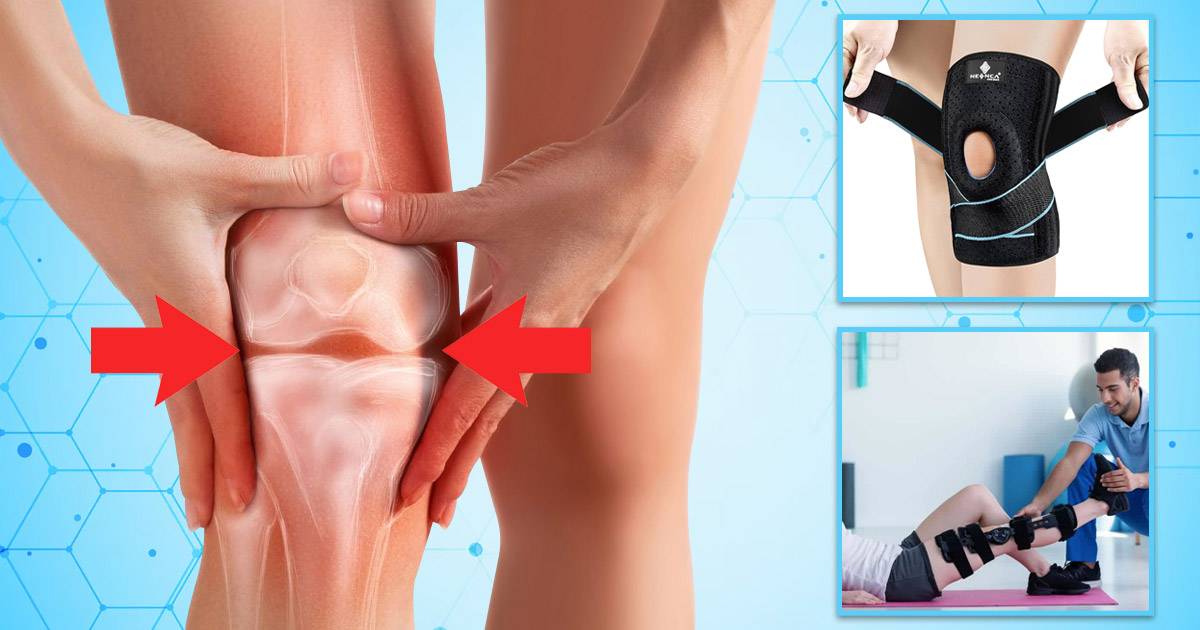How to Treat Knee Meniscus Tear with Arthritis: 5 Effective Strategies

Dealing with knee problems such as a meniscus tear alongside arthritis can be challenging. The meniscus, a soft disc in your knee, cushions it and aids smooth movement. Arthritis brings swelling and pain to the joints. When these issues occur together, moving the knee becomes harder and more painful. So, how can you treat knee meniscus tears with arthritis effectively?
Understanding Meniscus Tear and Arthritis
Meniscus tears and arthritis are closely related because they both affect the knee joint. A meniscus tear happens when the C-shaped cartilage in the knee tears due to a sudden twist or turn, often during sports. This tear can cause pain, swelling, and limited movement in the knee.
With arthritis, on the other hand, the cartilage in the joints gets inflamed and wears away. Over time, this can make the knee hurt, grow, and become stiff.
Can arthritis cause a meniscus tear?
Arthritis doesn’t directly cause a meniscus tear, but it can weaken the knee joint, making it more likely to get injured, including a meniscus tear. Arthritis symptoms can also change how you move, increasing the risk. Proper arthritis management can help prevent knee damage, like meniscus tears.
The relationship between meniscus tears and arthritis is that they can both contribute to each other’s development and progression. The knee may experience pain, swelling, and stiffness if these two conditions occur simultaneously. A meniscus tear can increase the risk of developing arthritis in the knee, while arthritis can weaken the cartilage and make it more prone to tears.
How to treat knee meniscus tears with arthritis?
Treating a knee meniscus tear with arthritis involves a combination of strategies to manage pain, reduce inflammation, and improve mobility. Here are some effective treatments:
- Rest and Ice: Resting the knee and applying ice might help to lessen swelling and pain. It’s critical to avoid activities that aggravate the injury.
- Physical Therapy: Strengthening the muscles surrounding the knee, increasing stability, and alleviating pain are all goals of these exercises.
- Medications: Nonsteroidal anti-inflammatory medicines (NSAIDs) can aid with pain and inflammation. In some cases, injections of corticosteroids may be recommended to reduce inflammation.
- Knee Brace: It can stabilize and support the knee, which in turn can lessen pain and increase range of motion.
- Surgery: Repairing the torn meniscus or removing damaged tissues may necessitate surgery in more severe instances. Arthroscopy is a popular method that uses a camera to guide the surgery through tiny incisions.
Communicating with a healthcare provider to create a unique treatment plan that takes into account your symptoms, medical history, and other factors is crucial.
Managing Arthritis After Meniscus Surgery
After surgery, it’s important to manage arthritis to prevent further knee damage. Here are some tips:
- Maintain a Healthy Weight: Carrying too much weight can put stress on the knee joint, exacerbating arthritis symptoms. Maintaining a healthy weight helps alleviate discomfort and increase mobility.
- Regular exercise: As a result, you may find that your knees are less strained and more stable after doing this.
- Use Proper Joint Protection Techniques: Avoid activities that stress the knee joint, such as jogging or jumping. Lift big objects with good technique to avoid harm.
- Consider Joint Supplements: Glucosamine and chondroitin supplements may enhance joint health and alleviate pain in certain arthritis patients.
How to prevent arthritis after meniscus surgery?
It is critical to adhere to your healthcare provider’s post-meniscus-surgery recovery and rehabilitation guidelines to reduce your risk of developing arthritis. Here are some general tips that may help:
- Follow a Physical Therapy Program: Arthritis is less likely to occur in those who participate in an organized physical therapy program to strengthen the muscles surrounding the knee and increase joint stability.
- Maintain a Healthy Weight: When you’re overweight, you put extra strain on your knees, which might speed up the onset of arthritis. Maintaining a healthy weight can help to reduce this stress and protect the joints.
- Avoid High-Impact Activities: Arthritis is more likely to develop in people who engage in high-impact sports like running and leaping. Opt for less strenuous activities, such as swimming or cycling.
- Use Proper Joint Protection Techniques: When engaging in physical activities, use proper techniques to protect your knee joint from injury. This includes using proper footwear and avoiding sudden, jerky movements.
- Consider Joint Supplements: Some people find relief from arthritis symptoms by taking joint supplements like glucosamine and chondroitin. You should talk to your doctor before trying to take any new supplements.
- Monitor your symptoms: When you notice any changes in your knee, including pain, edema, or stiffness, be sure to pay close attention. If you detect any changes, consult your healthcare practitioner right away.
It’s critical to discuss your risk factors and preventive actions with your healthcare practitioner, as they can make tailored recommendations based on your exact situation.
Best Cream for Meniscus Tear
Several creams and ointments claim to reduce pain and inflammation from meniscus tears. Consult a healthcare professional before using. Some popular options include:
- Penetrex Pain Relief Therapy: Contains natural ingredients like arnica and vitamin B6, believed to reduce inflammation and pain.
- Biofreeze Pain Relief Gel: Menthol gives a cooling sensation that reduces pain and inflammation.
- Tiger Balm: Contains camphor and menthol, known for their pain-relieving properties.
Manage & Treat Knee Meniscus Tear With Arthritis
Treating a knee meniscus tear with arthritis involves different ways to reduce pain, improve movement, and protect the knee. Following the right treatment plan, like resting, doing physical therapy, taking medication, or having surgery if needed, can help manage the pain and improve knee function. Also, it’s important to keep a healthy weight, avoid activities that strain the knee, and use proper techniques to prevent arthritis after meniscus surgery.
